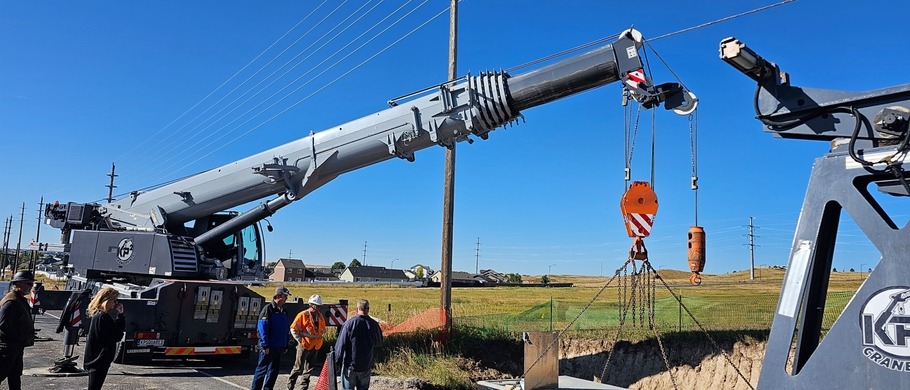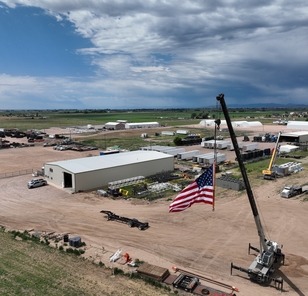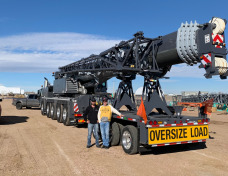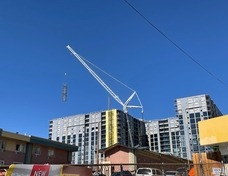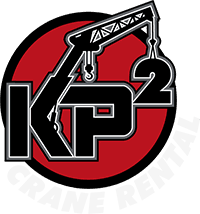Lift Planning
Lift planning is crucial for several reasons. Firstly, it helps assess and mitigate potential risks associated with crane operations, ensuring the safety of personnel and property. Secondly, it allows for efficient resource utilization by optimizing crane selection, reducing downtime, and improving overall project timelines. Lastly, meticulous lift planning enhances communication and coordination among the team, fostering a safer and more productive work environment.
Certified lift planners bring expertise and reliability to the table. Their certification signifies a thorough understanding of industry standards, regulations, and best practices, reducing the likelihood of errors in lift planning. This expertise ensures that crane operations are conducted safely, adhering to legal requirements and industry guidelines. Employing certified lift planners instills confidence in the team, clients, and regulatory bodies, reinforcing a commitment to excellence and safety in every lift operation.
The Lift Planning Process:
1. Define Project Requirements:
• Understand the project scope, including load specifications, site conditions, and any unique challenges.
2. Site Assessment:
• Evaluate the job site thoroughly, considering terrain, access points, and potential obstacles that might impact crane operations.
3. Determine Load Characteristics:
• Identify the weight, dimensions, and center of gravity of the load to select the appropriate crane and rigging equipment.
4. Regulatory Compliance:
• Research and comply with local, state, and federal regulations governing crane operations, ensuring all legal requirements are met.
5. Selecting the Right Crane:
• Choose a crane that matches the project requirements, considering factors like load capacity, boom length, and maneuverability.
6. Rigging Plan:
• Develop a detailed rigging plan, specifying the type and arrangement of slings, shackles, and other lifting accessories.
7. Safety Measures:
• Incorporate safety measures, such as barricades, warning signs, and communication protocols, to minimize risks during crane operations.
8. Communication Plan:
• Establish clear communication channels among team members, including signal persons and operators, to ensure coordination and prevent accidents.
9. Emergency Preparedness:
• Develop contingency plans for unexpected situations, outlining procedures for emergency response and evacuation.
10. Documentation:
• Maintain comprehensive documentation, including lift plans, load charts, and permits, to provide a reference for the entire team and regulatory authorities.
11. Review and Approval:
• Have the lift plan reviewed and approved by relevant authorities or a certified lift planner, ensuring compliance and safety.
Remember, communication and collaboration among all team members are critical throughout the process to ensure a safe and successful crane operation.
